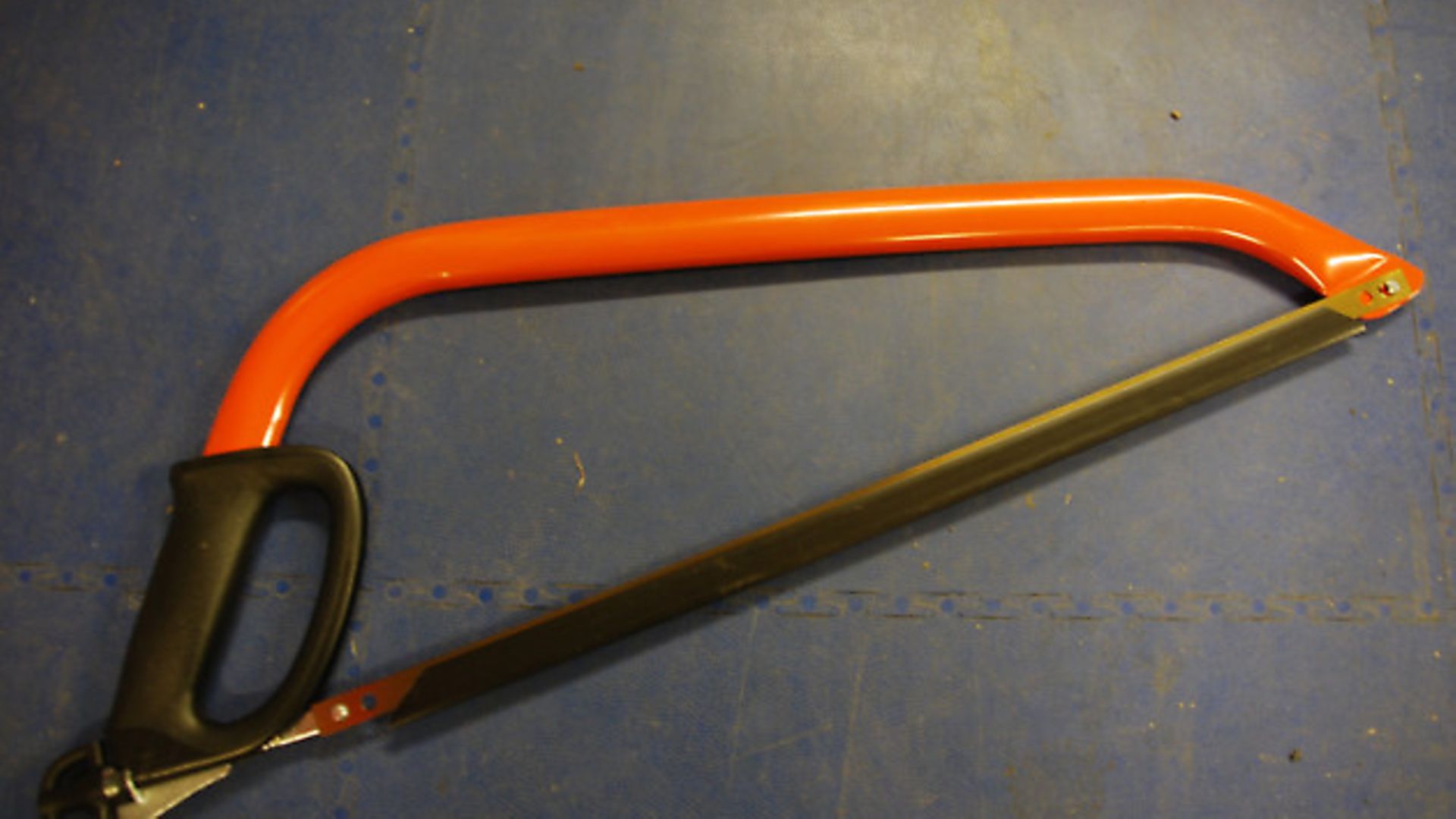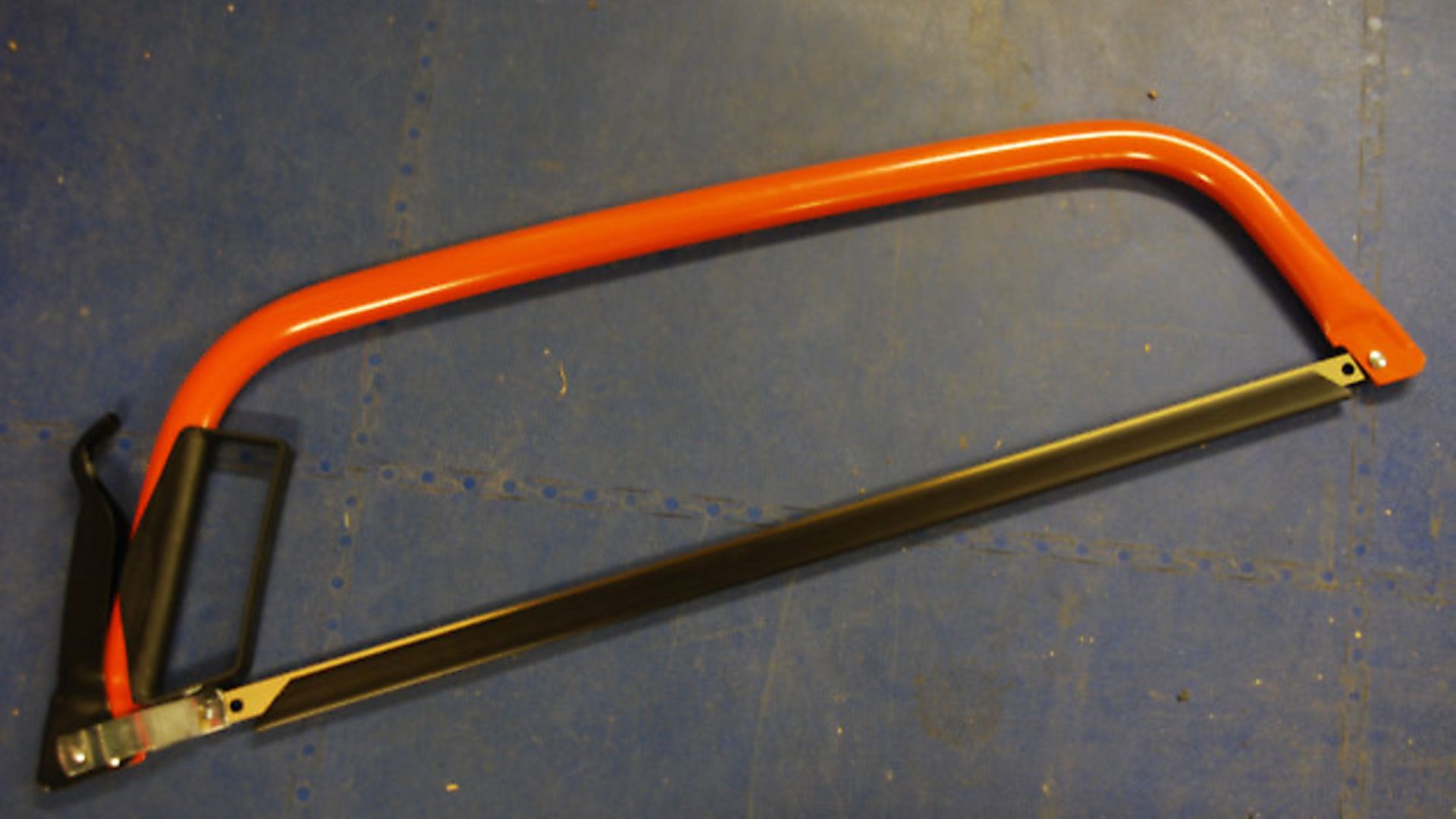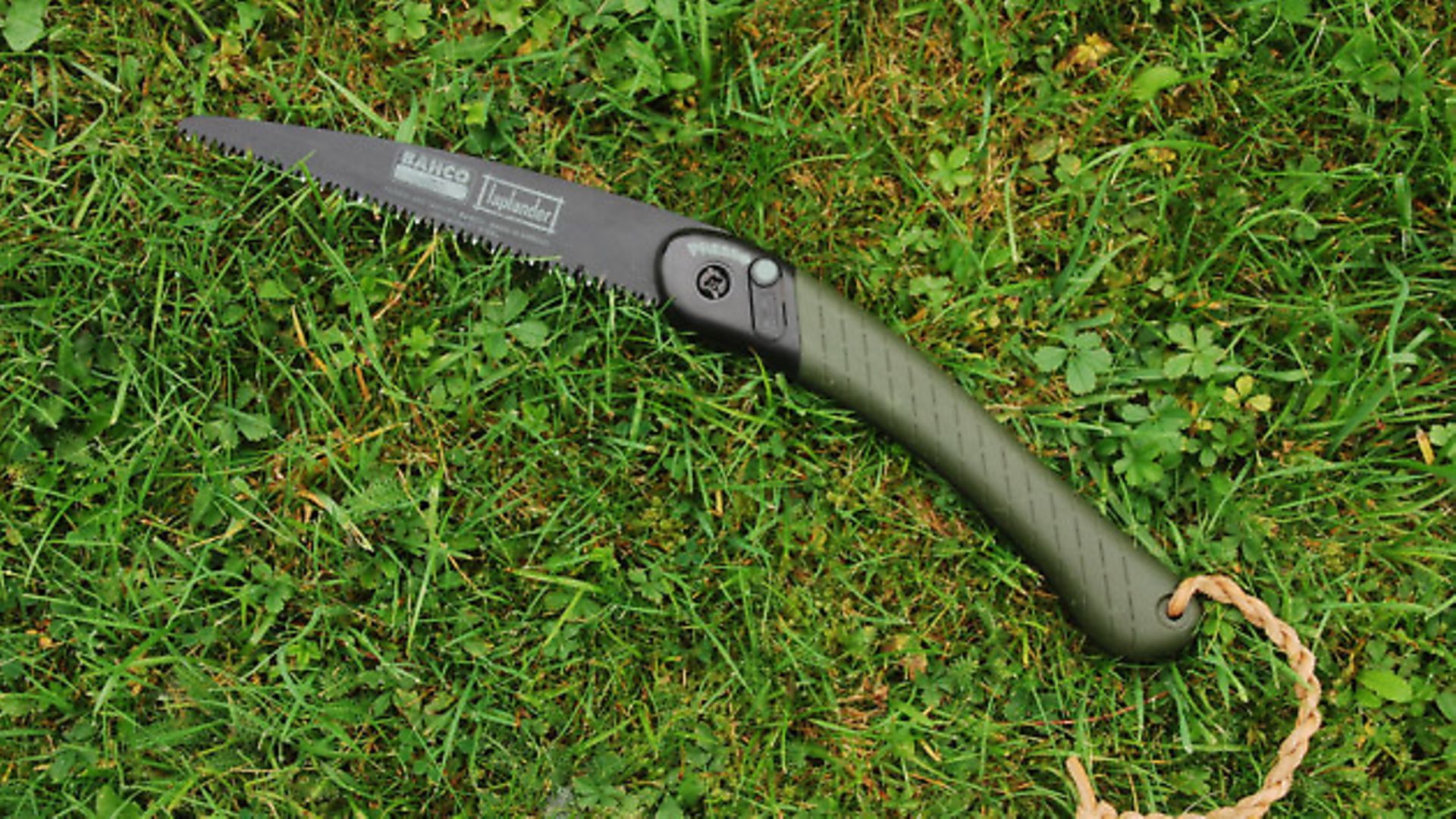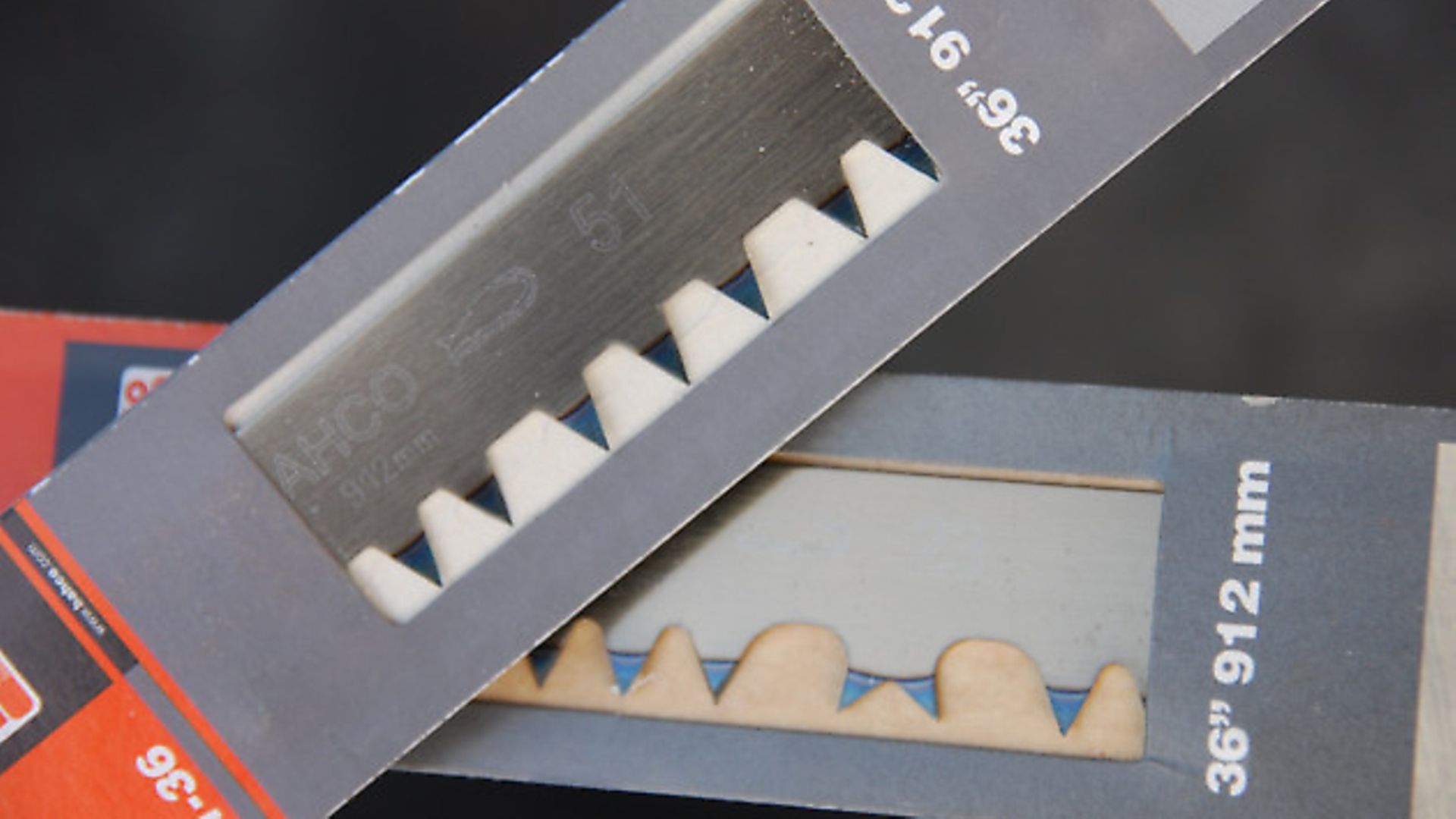Jonny Crockett’s guide to saw selection
 credit: Archant
credit: Archant
1. Is the wood you want to cut green or dead? If the wood is green, then we should use a green wood blade. Green wood blades have splayed teeth which are designed for ripping their way through wood. The pattern is regular, but is usually made up of forward and backward angled teeth as well as some that are perpendicular.
2. If the wood is dead, then we should use a dead wood blade. Dead wood blades have regularly spaced teeth which are usually at 90º to the blade (as opposed to carpentry saws which either lean forward or back depending on the country of origin of the saw you’ve bought).
3. Is the wood you want to cut thicker than your wrist? If the wood is thicker than your wrist, then we should use a bow saw. If the wood is thinner than your wrist, then we should use a folding saw.
4. The thickness of the wood we want to cut will determine the length of the saw we use. Folding saws are by their very nature short and so are only really good for small jobs. Bow saws, however, come in different shapes and sizes.
 credit: Archant
credit: Archant
5. Bow saws generally start at 17” long but can range up to around 30” or longer. The shorter saws are more often than not triangular. This helps to get into tight spots, for example when you want to cut a specific hazel rod out of a hazel stand but as the hazel rods are all too tightly packed together it is difficult to get to one in particular. The larger bow saws look, well, like bows. They have a tough metallic bow with the blade in the place of a bow string. There will be a tensioner to make the blade as tight as possible and a handle.
6. When selecting a bow saw, also check to see that there is a guard that fits over all the blade teeth. These are potentially dangerous cutting tools and so should be kept as safe as possible. My preference is a Bahco saw as they have never once let me down in decades of use. They are also bright orange and so can be easily spotted. A well maintained bow saw can cut through a 12” diameter log in a couple of minutes. Try doing that with a folding saw!
7. Folding saws do have their place, however. It is rare that I cut through 12” diameter logs and most work I do with a saw is cutting through wood that is thinner than my wrist. The folding saw is the tool for this sort of job. Most folding saws have dead wood blades, but some will have green wood blades. Make sure that you get the right one. If you can only have one, I’d go for a deadwood blade, but that’s a personal preference.
8. The folding saw should have a locking mechanism, a comfortable handle and a tough blade. If it is too flexible then you may have problems with the blade bending (especially the tip) and this may prevent it from folding back into the handle. Again, Bahco make a sterling folding saw – the Laplander. It’s used up and down the country by outdoorsmen and women who wouldn’t use anything else. They fit in a small pack and are very lightweight.
 credit: Archant
credit: Archant
9. There is a saw that I haven’t mentioned yet. It’s bigger than a folding saw, but smaller than most bow saws. It is the pruning saw. Generally they come in a sheath and are around 20” long. They usually cut on the pull stroke only and the idea is to cut through thin branches in a single stroke. These are ideal for coppicing and hedge laying, they fit in a rucksack and don’t weigh very much. Definitely worth a look!
10. No matter what your cutting requirements are there is a saw out there for you. Pick one that feels good to you and is big enough and has the right blade and you won’t go wrong.
 credit: Archant
credit: Archant